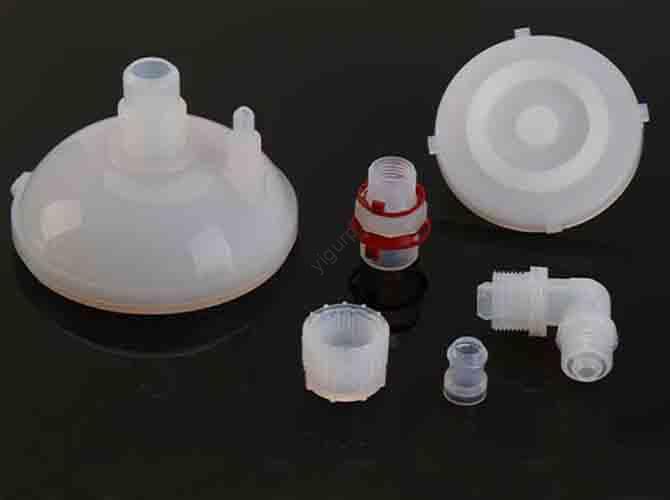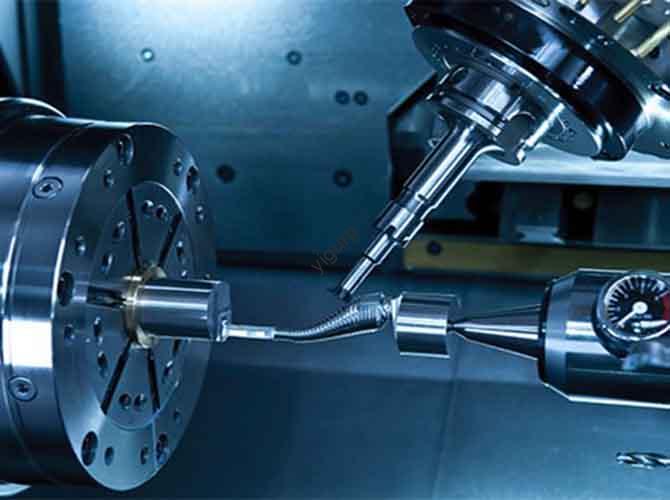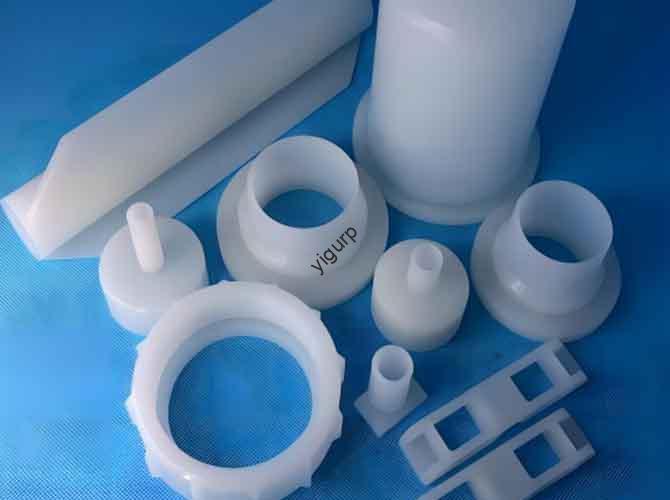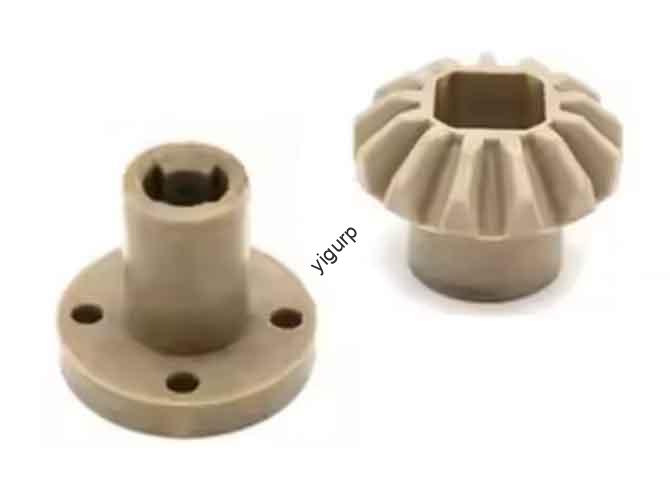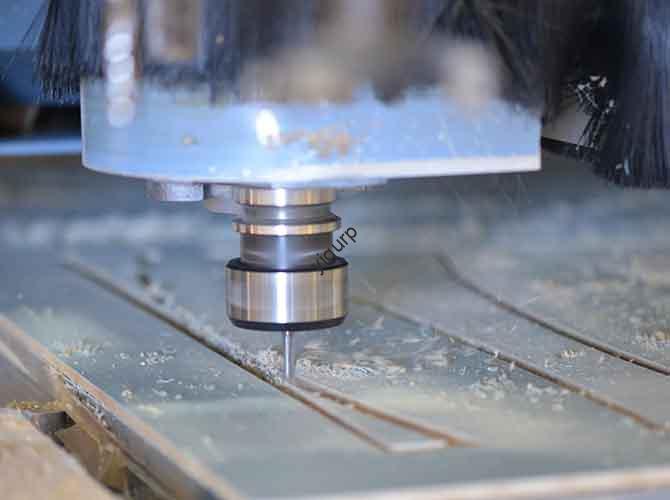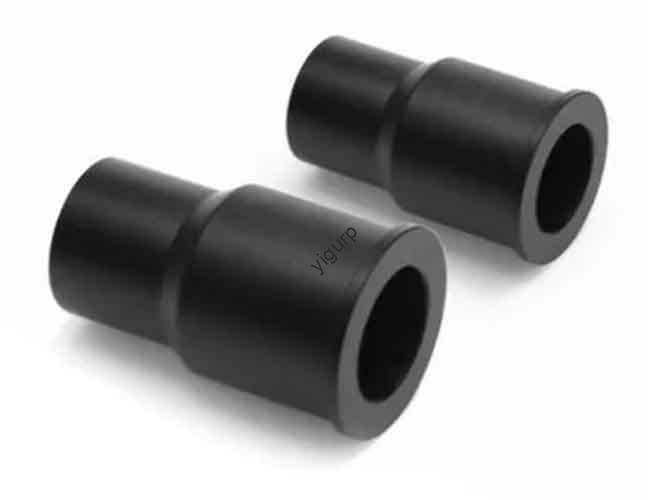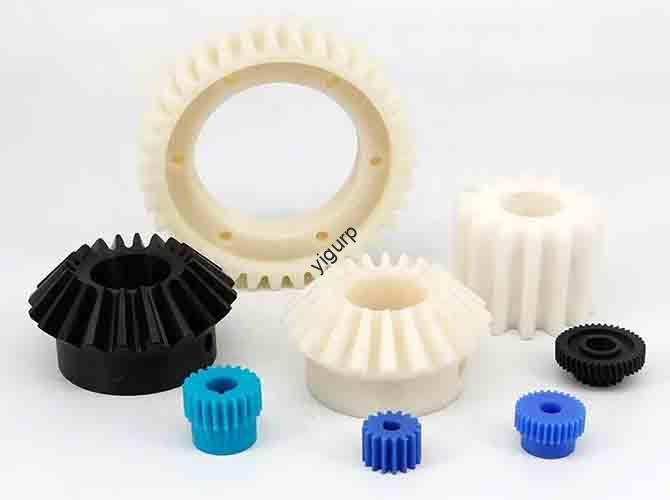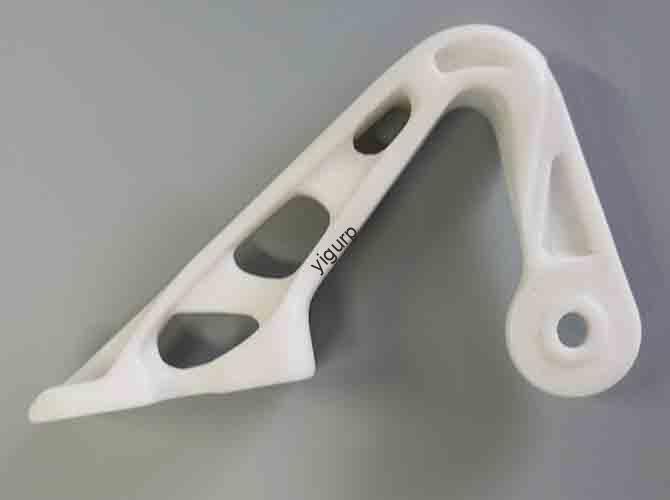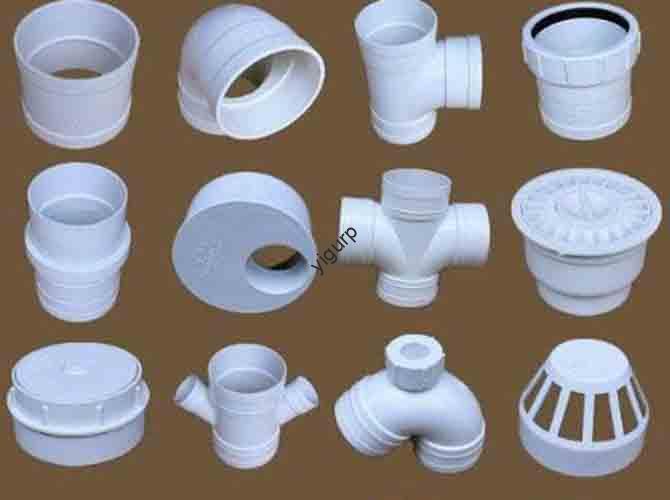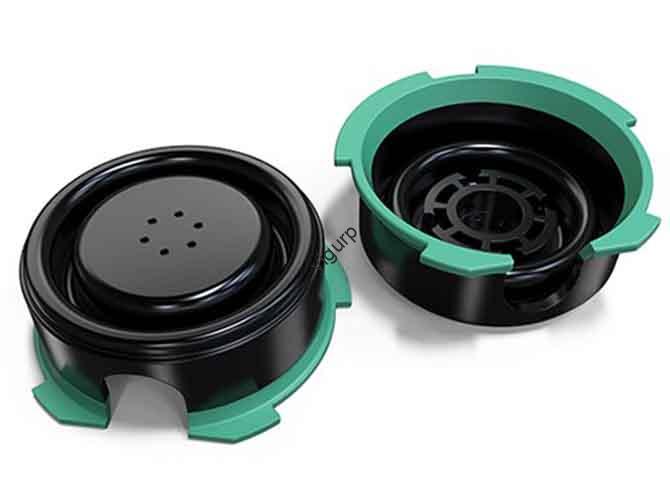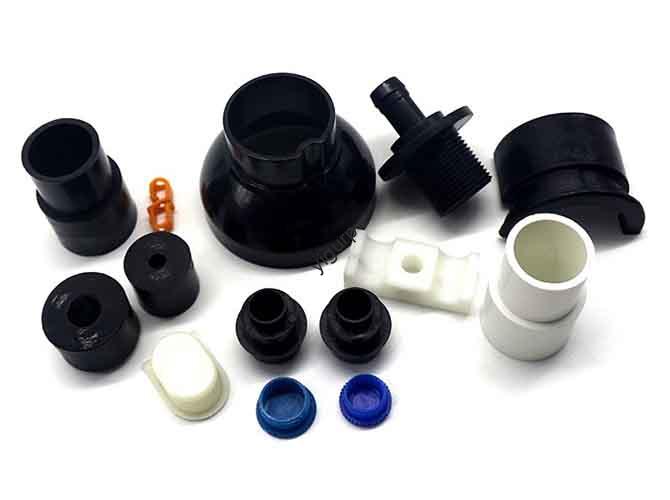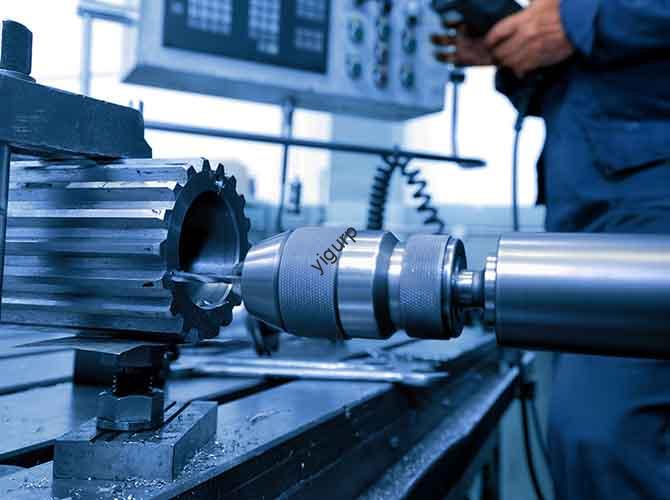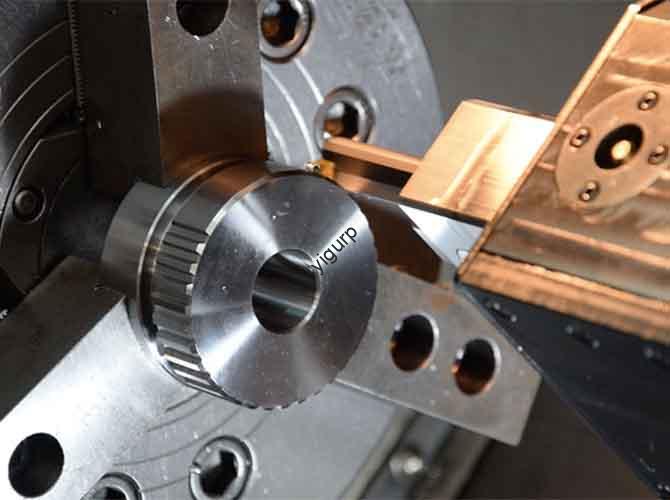CNC Machining PVC: A Comprehensive Guide to Precision and Efficiency
PVC (Polyvinyl Chloride) is a versatile material widely used in advertising, architecture, and industrial manufacturing—but achieving high-quality results with CNC machining PVC requires understanding its unique properties and optimizing processes. This guide solves common pain points, from tool wear to material deformation, by breaking down key characteristics, step-by-step workflows, and practical tips to ensure successful […]
